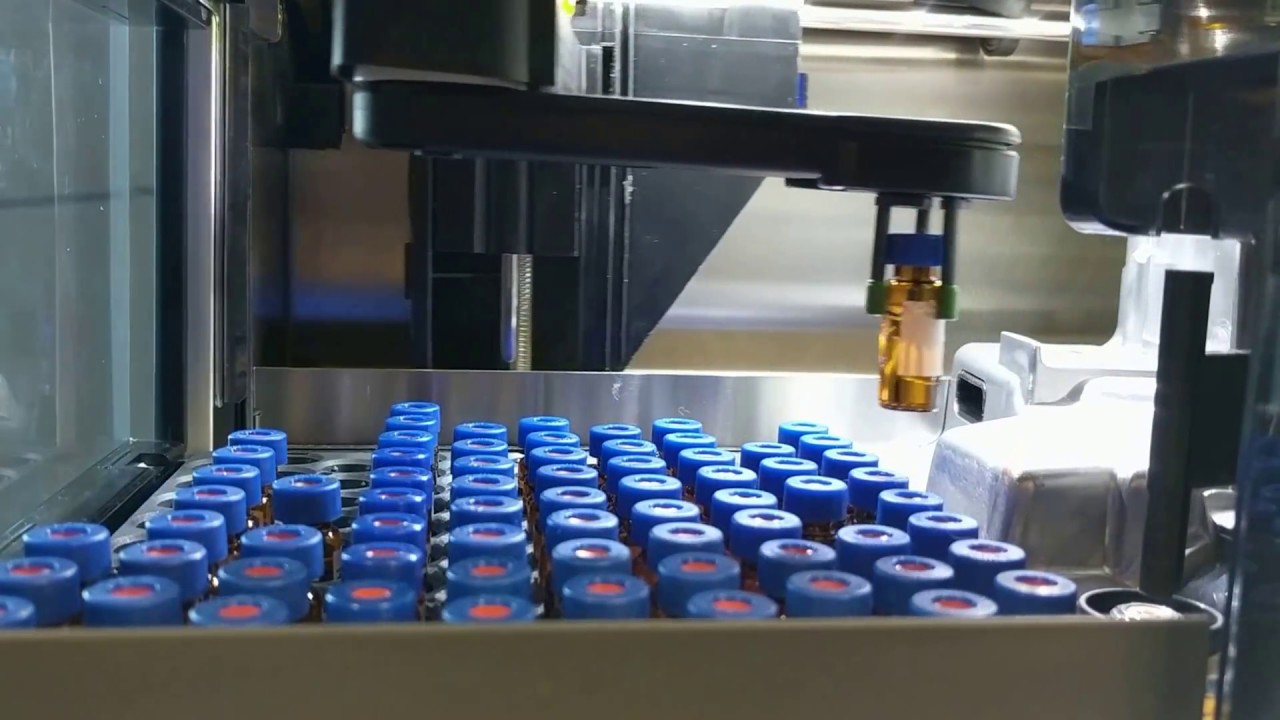
Chemists use gasoline chromatography to split up and analyze compounds that can be vaporized without decomposing. To do this method, they work with a gas chromatograph – an analytic machine that contains these main parts: The autosampler treatment program immediately inserts the sample to the chromatography system, but not before purging it of the ingredients that the chromatograph can measure. There are many autosampler injection methods for purging compounds, including: S/SL (split/splitless) shot, and on-column inlet release, and purge and trap. An autosampler and injector that comprise the latter process set an aqueous taste through the next method before supplying it to the column.
Service fuel is bubbled through the sample. Unstable compounds are purged from the sample. The compounds are sequestered in the purge and trap concentrator. The lure is hot and the ingredients vaporize. The vapor then moves with the service gasoline to the sensor, wherever their substances are analyzed. Once the examination is total, the outcome appear on the software, and may be printed. In the past, products were put in the injector by hand. Today, an hplc autosampler is useful for two causes: the sample is less probably be contaminated, and the fuel chromatography process is expedited, which is often important for large laboratories.
Fuel chromatography is frequently applied to test for unstable normal ingredients (VOCs). VOCs are organic substances whose low boiling point makes them vaporize at room temperature. Along with creating short-term and long-term illnesses in humans, they can also damage animals. Having its dynamic purging potential, a purge and trap autosampler may discover VOCs at low-ppb (parts per billion) levels than different autosamplers.
The examination of food, which problems the detection of chemical toxins that might compromise style or food security
To the extent so it helps defend consumers and the surroundings from dangerous substances, gasoline chromatography also shields the commercial pursuits of construction organizations, solution producers, and food makers, to name a few.
A purge and capture autosampler is not better than different kinds of autosamplers. Rather, their engineering is remarkable for certain types of evaluation, particularly the examination of substances that happen at low-ppb levels. For the analysis of substances that happen at high-ppb degrees, fixed headspace examination or energetic headspace examination is frequently used – sometimes in conjunction with purge and trap analysis.
In the event that you perform a lab that physically delivers products to the injector, or attempts to employ a static head-space autosampler to detect ingredients at low-ppb degrees, employing a purge and lure autosampler can increase the effectiveness and effectiveness of the chromatography process. To learn more about autosamplers and gasoline chromatographs, contact a vendor of elemental examination equipment.
An autosampler is a musical instrument that is used in many different different laboratory applications, particularly gas-liquid chromatography, where it is used (as the name implies) to immediately present an example into the inlets of the apparatus being applied in certain test. Although it is achievable to physically place samples with several instruments, this is no more the normal exercise, because autosamplers provide a better and reproducible method.
Autosamplers may be classified by their capacity, such as autosamplers rather than auto-injectors; the latter tool is effective at running several taste at once. Robotic tools offer yet another classification of autosampler, with rotating/SCARA robots being among the absolute most widely used.
